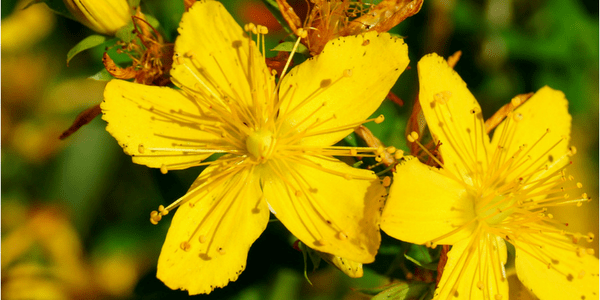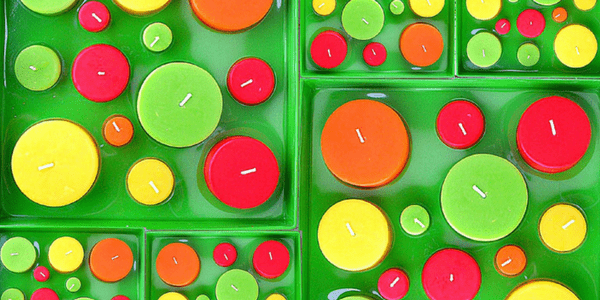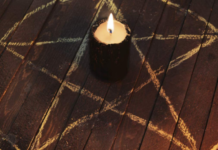
Summer has arrived and with it the warm air, natural areas full of life, and much longer days than we get in the fall and winter months. Those long days come to an end shortly into season however. Litha, a lesser sabbat on the Wheel of the Year, is summer solstice and the longest day of the year. It arrives 21 June this year. After this, darkness begins to return to the world.
Litha is more commonly known as Midsummer or the summer solstice. The name comes from Bede’s De Temporum Ratione,1 which gave all the months Anglo-Saxon names. Litha is the one that corresponds to the June/July period.
Despite being a Pagan celebration, the holiday has been adopted into the Christian calendar and rebranded as a celebration of John the Baptist. However, that celebration is on a fixed day — 24 June, while Litha, or summer solstice, is around 21 June every year.
There are massive celebrations around the world in places like Sweden, Finland, Canada and even the United States.2 If you’re not a big celebration-type person, this article will break down the feast day to its basics, for your own altars and small festivities.
What is Litha?
Litha is the summer solstice or Midsummer. It is the longest day of the year and stands opposite of Yule, or winter solstice, which is the shortest day of the year. Although Litha has a very feminine name, this day is generally a celebration of the sun which is seen as masculine in many cultures
Summer solstice is a time for living things, but unlike earlier sabbats such as Beltane, it is not a festival of fertility or birth, instead it celebrates life and the joy of living it: food, drink, good friends, treasured memories, just all the things which make life great. (Yes, this includes romance as well.)
The celebration of this feast is to enjoy life, not to dwell on past mistakes or fixate on the things that aren’t going right for you. It’s about enjoying life.

Food, plants, and flowers
This is not a harvest celebration, but plants and foods do still play a role. During this season, it is appropriate to decorate with bright flowers that smell good. They do not have to serve any other purpose but bring joy.
You can hang St. John’s Wort (named because it flowers around this season) around your home for abundance, and as a ward against negativity. You can also drink mint tea for similar reasons and, as a bonus, it helps increase psychic abilities, and focus.
Summer fruits are great for altars and offerings. Strawberries are coming into season along with peaches. Both of these make cool and soothing snacks, great for celebrations around this time.
Related: Susan Starr has collected some great recipes in her article, “Litha: Celebrating sunny days on Midsummer’s Eve,” including an excellent recipe for mint tea.

Colours and symbols
For decorating yourself and your space, there are no rigid suggestions of colour. During this time, the world is about brightness and light and to that end, bright rich colours are preferred: vibrant reds and blues; bright pinks and yellows; emerald greens and jewel tones. All of these would be acceptable.
The symbols for this season revolve around those of the sun. This is a season which enjoys the gift of life the sun has given the world, and honours it. Disks, symbols, depictions of the sun, and so on are all acceptable during this time.
Another alternative is to display imagery that is aligned with fire. Many cultures create bonfires during this season as a way to celebrate. These large fires are made to celebrate the light which the sun has given so much of throughout the year.
If you don’t have a fire pit, you can instead light red, orange, or yellow candles on your altar in honour of the sun, as an acceptable substitute. While they are lit, try to spend some time thinking of things which bring you joy.
If you worship a specific pantheon, now would be an optimal time to pay some respects to your belief system’s sun god or goddess. Even if they are not your main god or goddess, taking a few moments to thank and honour them would be appropriate during this time period.
Related: See Donyae Coles’ article “Summer activities for magical children” for of suggestions on how to get children involved in celebrating the summer.
Litha, a simple feast day
For all the hubbub that fills the imagination surrounding this fest day, it is surprisingly simple. There are no complex ceremonies or legions of ideas to honour.
The root of Litha is just joy and, in order to properly celebrate it, the best way is to take a few moments to enjoy yourself. For some, that might be dancing around a bonfire with friends and family, for others, it might just be about enjoying the perfect strawberry.
Enjoy what the sun has given you for it will set all too soon.
Related: For more, see “Three ways to celebrate the Summer Solstice.”
Image credits:Mooganic, Stiller Beobachter, Marco Braun, and Mark Jensen
- Wikipedia, “The Reckoning of Time.” [↩]
- Check out some in the “Top 10 Summer Solstice Celebrations Around the World,” Huffington Post, 18 June 2016. [↩]








